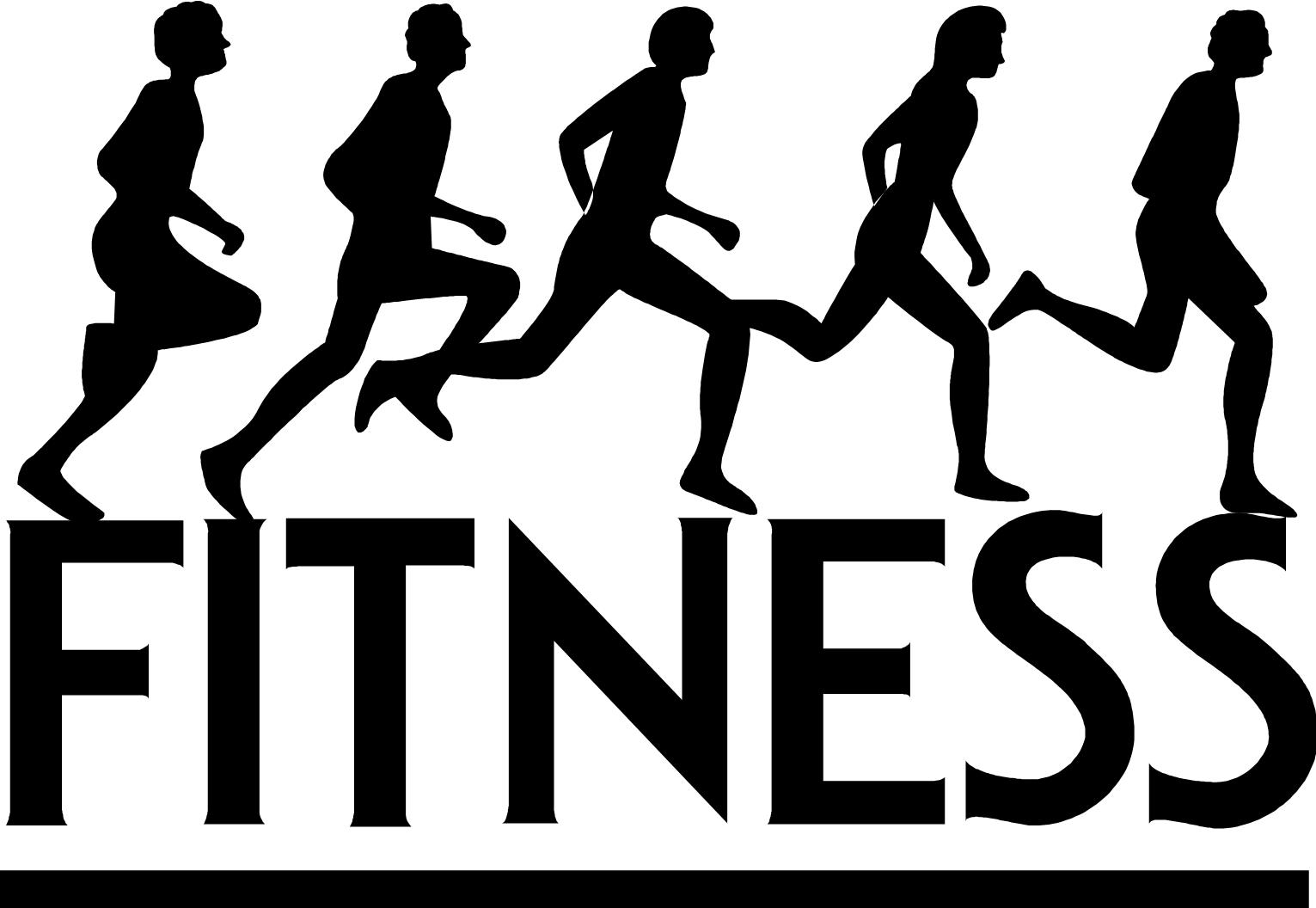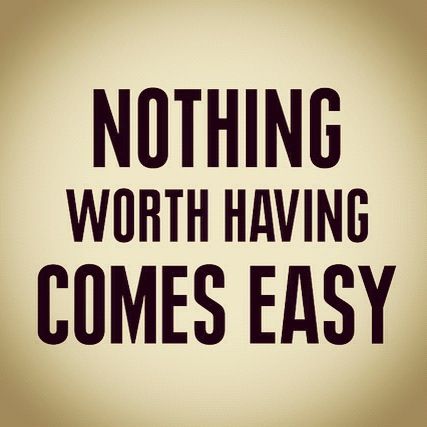Is this you?…..
Stages for Adopting Healthy Behavior
The biggest hurdle of a Personal Trainer is to get our clients to realize the importance of exercise, strength training specifically, for the rest of their lives. Whether it is in regards to Stroke risks, Cardiovascular Disease, High Cholesterol, High Blood Pressure, Obesity, Diabetes, Mental Health, Metabolic Syndrome, the list goes on and on- there is nothing more valuable in preventing all of those life threatening issues than Strength Training. It is just extremely difficult making it become a habit, and we do realize that.
The actual decision to take that first step is not just as simple as deciding to do it. I know about a dozen people, as I’m sure you do – and maybe even be one of them, that not only bought a gym membership and never used it, but went back and renewed it the following year! The decision to adopt that healthy lifestyle is easy. You see people buying pills, or gadgets, weight loss programs, gimmicks, or doing a whole “clean eating” grocery shopping event only to have those gimmicks collect dust in the corner of your bedroom, and all those healthy grow moldy and thrown away before they ever get eaten because they lost a fight to a Pop-Tart.
Before you get too hard on yourself, you must realize that we all go through a variety of stages before adopting a new behavior successfully for the long term. To get a better understanding of those phases, and yourself, read the descriptions of each of the following. You may read one and say – “yes, that’s me!”, and then by getting a better understanding of the process, you can overcome those roadblocks and be on your way to making a Healthy Lifestyle a permanent commitment.
Stage 1: Pre-Contemplation
People at this stage have no plans or desire to exercise. Not even a consideration. They are generally unaware of the specific benefits that exercise can bring, and may look at exercise as a hassle than something worth doing. Or, they may have failed in the past, and then given up.
If you are at this stage, it is important to think about how exercise is going to benefit you -whether it is losing weight, reducing stress, more confidence, more energy, or simply just living longer.
Stage 2: Contemplation
A person at this stage is thinking they should exercise but may need some help getting started. Not sure if they will accomplish anything or just waste their time.
It is important at this stage to consider some of the facts and myths surrounding exercise and nutrition. There are a lot of gimmicks out there and you don’t want to fall prey to a “magic pill” or a “30 minute home workout video”.
An exercise program doesn’t have to be complicated; it just needs to be consistent.
Be aware of your “past” self, and write a note to your “future” self. If you tried before, and failed, or given up – let’s be honest, there is a good chance that will happen again. Prepare for that backslide, or that roadblock, overcome those hurdles that life throws at you. Write down all the things that have made exercise in the past difficult. Come up with strategies to overcome those in the future. The idea is to identify the roadblocks that will inevitably come up, and be prepared to sidestep them and stay committed.
Stage 3: Preparation
The people are primed and ready to go! They just want to know what to do, for how long, and how often. They plan it into their schedule and then fill in their lives around it. They make it a priority. They have a plan if they have to work late, if the kids get sick, if the car breaks down. They don’t allow themselves to miss a workout. They go later, or wake up earlier, or do it on another day. If they commit to 3x per week, they get in 3x per week, regardless if their schedule gets turned upside down.
Weight loss may take time, but the health benefits begin immediately. So always keep realistic expectations, and don’t get discouraged.
Stage 4: Action!
At this stage people have already started exercising. This is where the biggest behavior change occurs – although they have started exercising, it is not yet a long-term, ingrained habit. This stage requires a significant commitment.
If you are at this stage, keep talking to friends, family, or trainer for continued inspiration and accountability. Review your backup plans. Reward yourself for small achievements. Schedule your workouts in advance. Build and maintain momentum, because exercise gets easier once it is a habit!
Stage 5: Maintenance
The people at this stage have been exercising for at least 6 months. At this point exercise has started to become a habit. The goal here is to prevent a relapse. Continue to identify roadblocks and improve your backup plans. Think about all the benefits you have been getting from exercising, and the things you have found most enjoyable.
Be aware, and embrace the benefits. Set new goals, new challenges.
One thing to remember is that people do not proceed from one stage to another in a simple, step-by-step fashion. It is perfectly normal to spiral back and forth, go from stage 1 to 2, to 3, and then fall back to stage 2 again. Don’t consider yourself a failure, just get back up and try again!
Remember, this is for life- not temporarily. Don’t give up.




